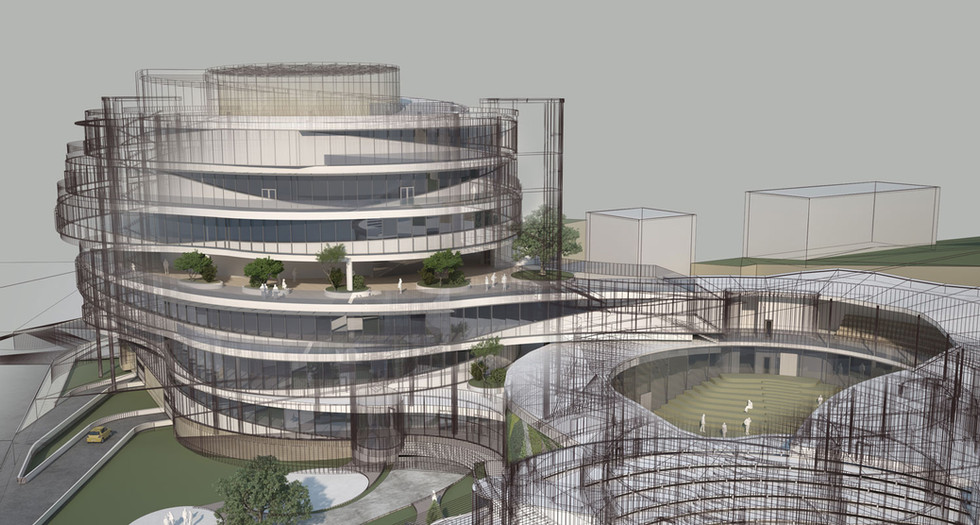Sustainability in BIM: Beyond the Build
- swatantrasharma
- Jul 5, 2023
- 2 min read
Updated: Apr 15
In the ever-evolving architecture, engineering, and construction (AEC) industry, sustainability has emerged as a crucial pillar for building a greener and more sustainable future. Building Information Modeling (BIM), a powerful digital tool, has revolutionized the way we approach sustainable practices. In this blog, we delve into the concept of sustainability in BIM and its transformative potential beyond the construction process.
Optimizing Resource Efficiency:
With BIM, professionals can analyze resource utilization throughout the project lifecycle, enabling informed decisions for enhanced resource efficiency. This includes assessing energy consumption, optimizing material quantities, and minimizing waste generation. By integrating sustainability considerations into BIM workflows, companies are reducing environmental impact and making sustainable choices from the earliest stages of a project.
Life Cycle Assessment:
BIM facilitates comprehensive life cycle assessments (LCAs), allowing for a thorough evaluation of a building's environmental performance throughout its entire lifespan. By considering factors like construction, operation, and end-of-life scenarios, sustainable design choices can be prioritized. Leveraging BIM's capabilities, organizations committed to sustainability enable life cycle thinking, ensuring the longevity of sustainability efforts and fostering a holistic approach to building design.
Enhanced Collaboration and Stakeholder Engagement:
Sustainability in BIM extends beyond technical aspects, emphasizing collaboration and stakeholder engagement. BIM provides a collaborative environment where architects, engineers, contractors, and facility managers can work together effectively. By promoting interdisciplinary collaboration and sharing sustainability goals, companies drive sustainable outcomes and foster a collective commitment to green practices throughout the construction industry.
Data-Driven Performance Monitoring:
BIM's ability to monitor and analyze real-time building performance empowers stakeholders to make data-driven decisions that improve sustainability. By incorporating sensors and Internet of Things (IoT) devices, organizations ensure that key sustainability metrics such as energy consumption and indoor air quality are continuously monitored. This proactive approach allows for the implementation of energy-saving measures and ongoing optimization of sustainable practices throughout a building's operational phase.
Conclusion:
Sustainability and BIM are intertwined in shaping the future of the AEC industry. Companies like SpazeVision, committed to sustainable practices, leverage BIM's capabilities to drive the adoption of environmentally responsible solutions. By integrating sustainable principles into their BIM practices, SpazeVision and similar organizations strive to deliver innovative and sustainable outcomes that leave a positive impact on the built environment.





Comments